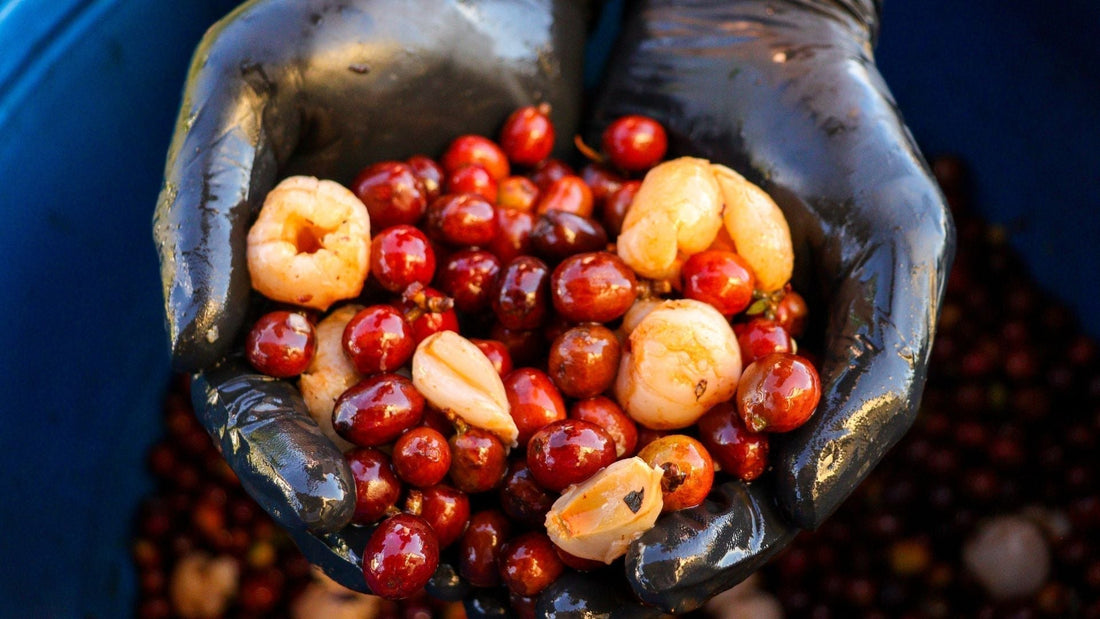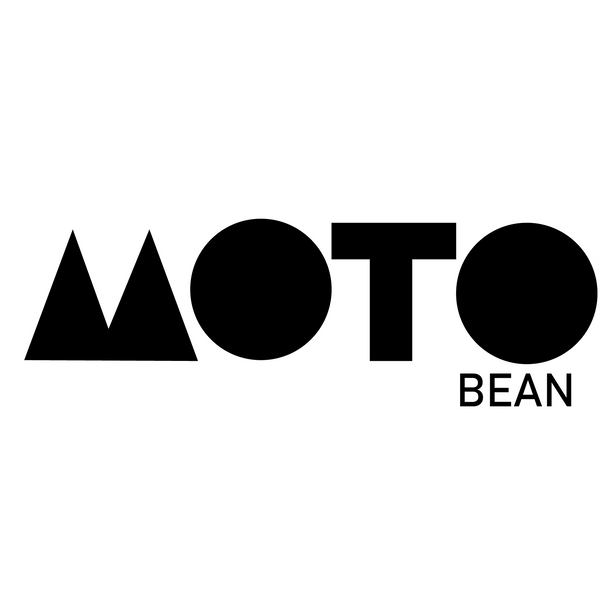
Co-Fermented Coffee: Exploring Natural Flavours
Co-Fermented Coffee: More Than Just Flavour
As a speciality coffee roaster, we are constantly on the lookout for unique and exciting beans that push the boundaries of flavour. Our journey with co-fermented coffees began in late 2021 with a trio of exceptional offerings – Grape, Passionfruit, and Strawberry – from Colombia's Arcila family farm. The popularity of these initial releases has fueled a significant expansion of our Arcila farm selections over time.
Lately, the term "co-fermented coffee" has been buzzing around the industry, and for good reason. But what exactly is co-fermentation, and why is it generating so much interest? Are the terms "co-fermented" coffee and 'infused' coffee interchangeable?
A compelling perspective from Rodrigo Sánchez Valencia
Our first experience with Rodrigo Sánchez Valencia's co-fermented coffees in early 2025 left a lasting impression at Motobean Coffee, significantly surpassing what we had anticipated.
Rodrigo, a third-generation producer from Huila, Colombia prefers to differentiate his co-fermented coffees from "infused" varieties, highlighting their more natural processing and, in his view, superior quality. This is largely because Rodrigo believes the term “infused” can imply artificial additives and flavours. Conversely, the flavours in co-fermented coffees are usually created during fermentation using exclusively natural ingredients, such as fruits or other microorganisms.
Prior to venturing into co-fermentation, Rodrigo delved into the beer, wine, and dairy sectors, seeking insights into fermentation processes and the flavour-enhancing potential of specific microorganisms. This exploration revealed a fundamental connection: the shared use of basic microorganisms across these industries, with being a common example in beer and wine production. Rodrigo's initial co-fermentation experiments involved combining coffee with wheat and various fruits, meticulously adjusting parameters such as fermentation duration, sugar levels, and acidity to achieve optimal equilibrium. Eventually, he found the outcomes to be satisfactory.
“We chose the term ‘co-fermentation’ to transparently convey the unique combination of flavours created and the more natural process behind it,” he explains.
Steps in the Coffee Co-Fermentation Process
The process undertaken by Rodrigo consists of several key steps:
- Mother Culture Fermentation: Initially, Rodrigo ferments the “mother culture” for 190 hours, using a number of microorganisms sourced from coffee plants on his farm.
- Feeding the Culture: Subsequently, he nourishes the mother culture with a combination of fruit juices, fruit, and a sweetener like molasses. This blend enhances the coffee's natural flavours and boosts the sugar content, driving the fermentation process.
-
Cherry Selection: Rodrigo then assesses the sugar (or Brix) content of the cherries before placing them in a flotation tank to separate and discard the lower-density beans.
- Co-Fermentation: The cherries are pulped and combined with the mother culture in a sealed tank for 180 hours.
- Drying: After the co-fermentation phase, the cherries are sun-dried for several days and then placed under shaded canopies until they achieve a humidity level of 10% to 11%.
